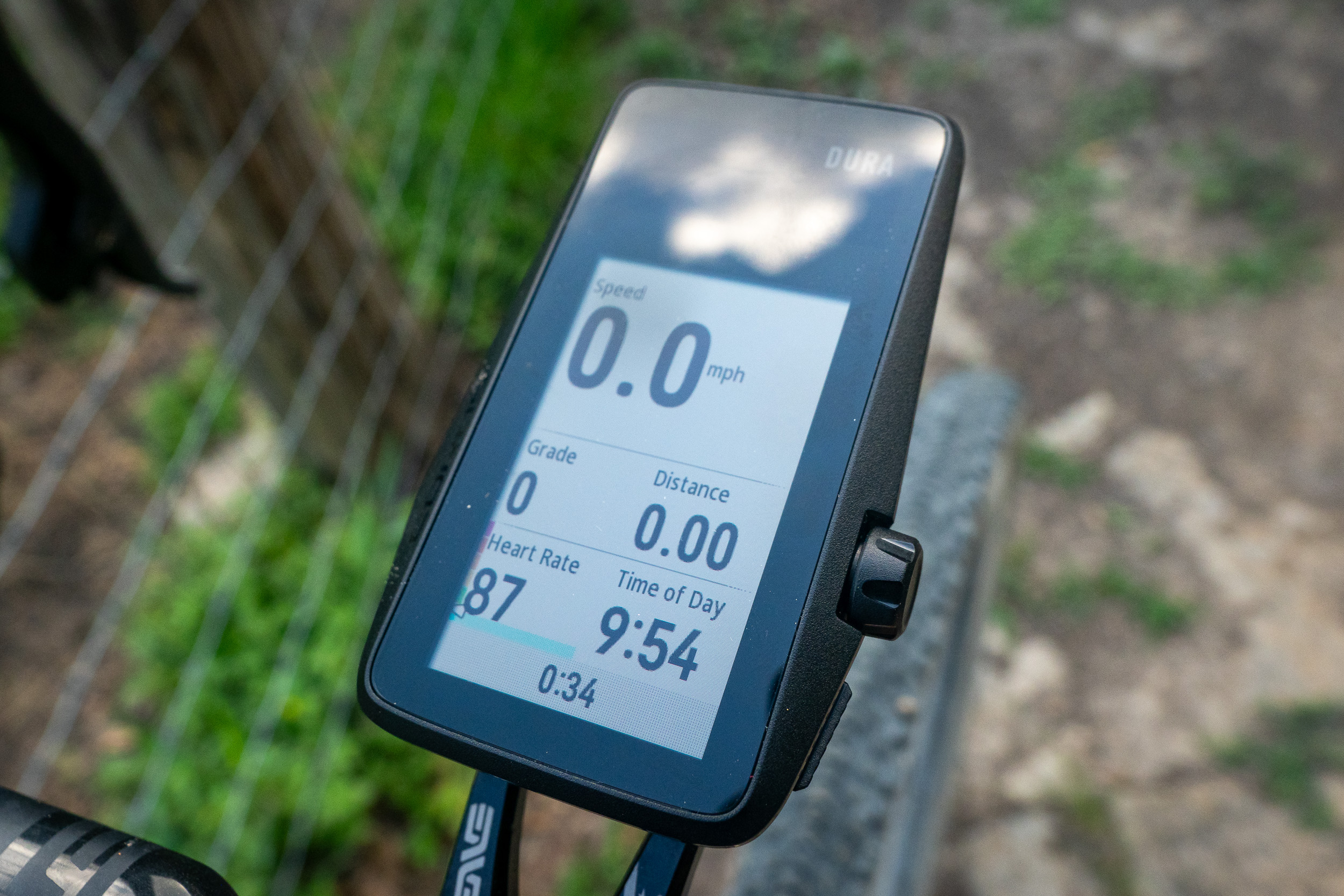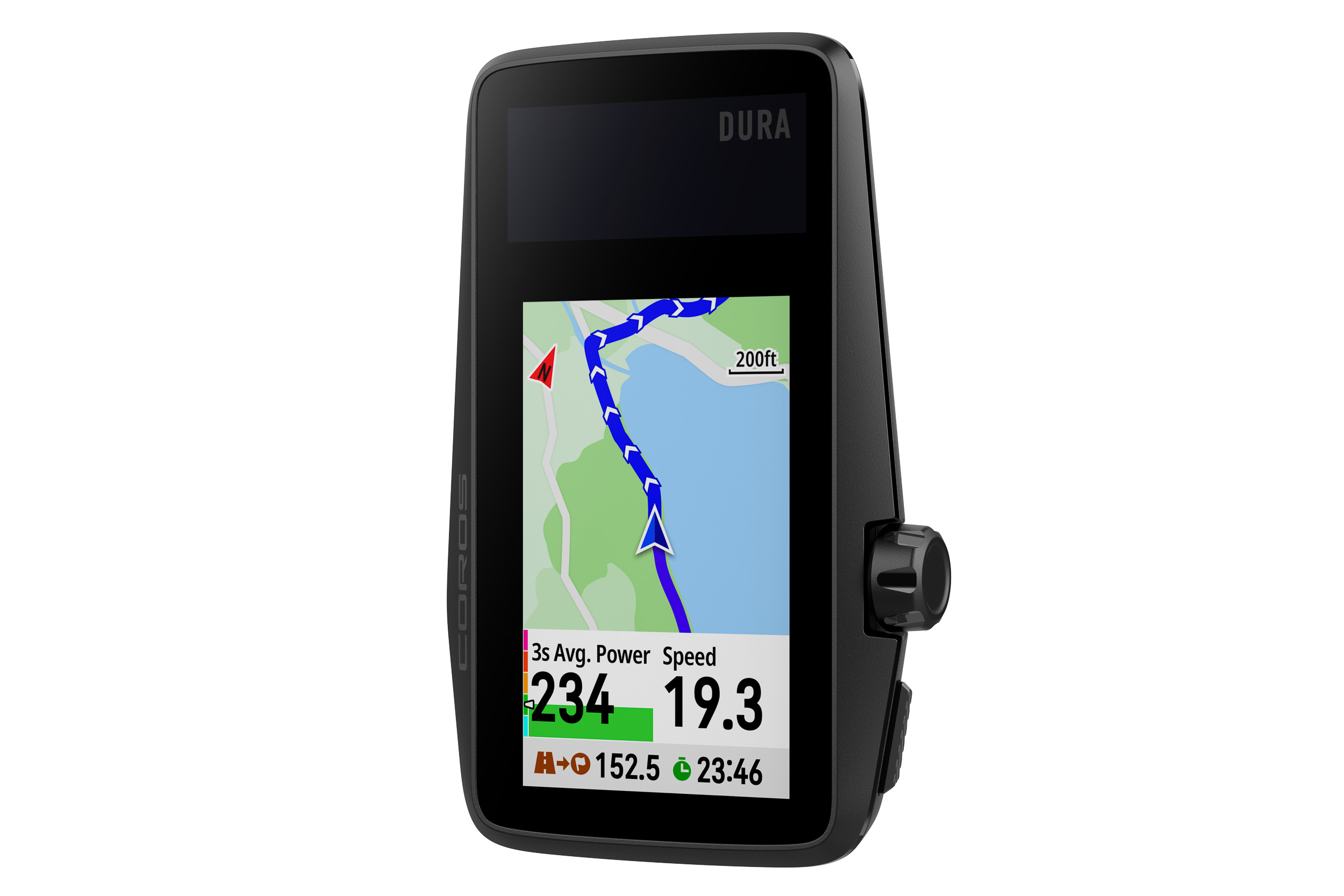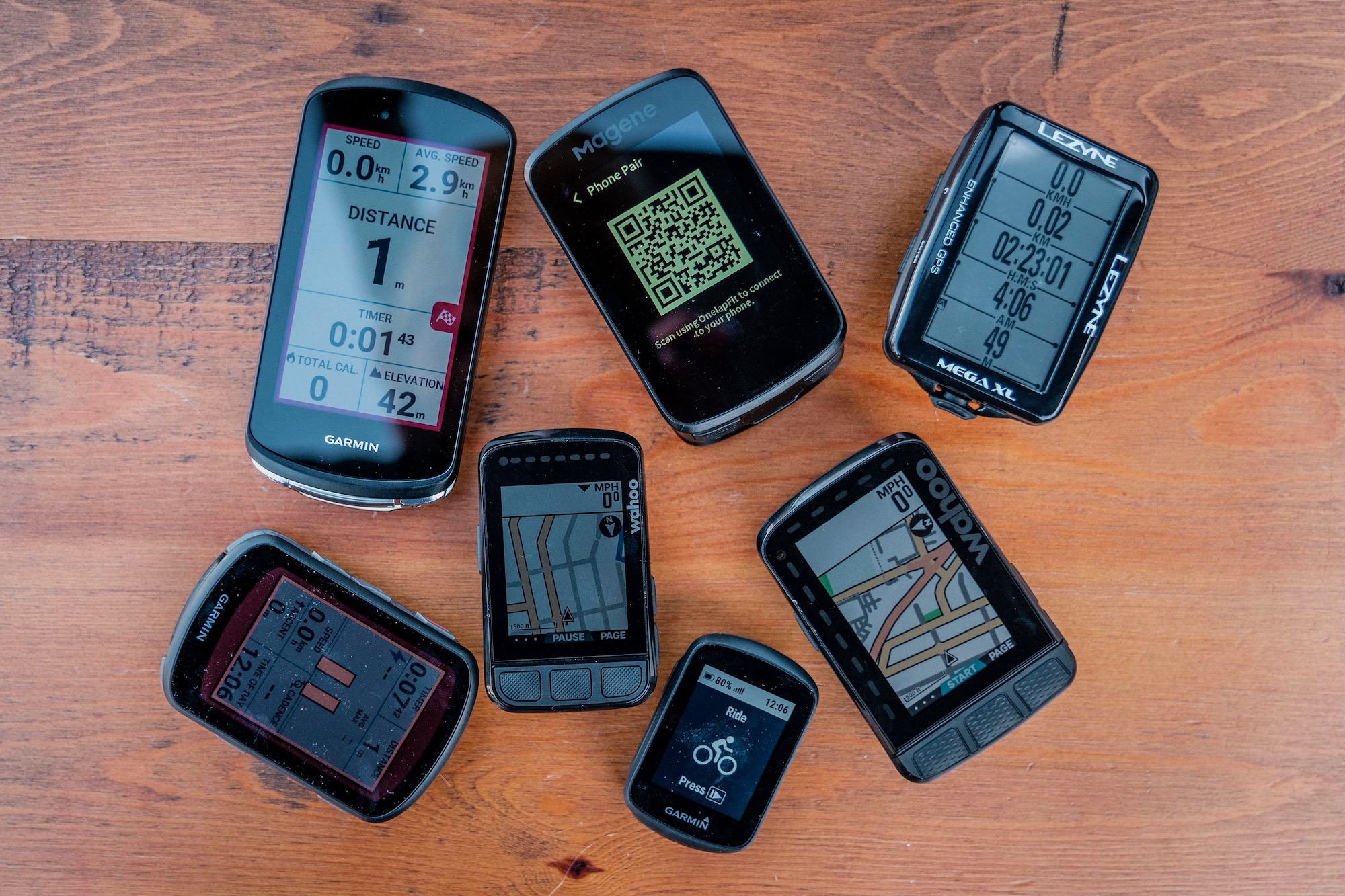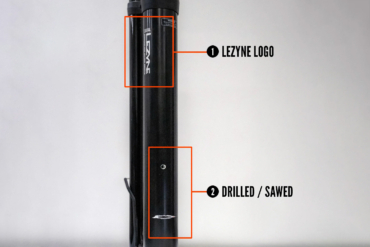COROS rolls into cycling today with the DURA, the brand’s first foray into bike computers. This seems logical, as many of its wrist-mounted products, with just a few more functions, would function well as cycling computers if they had bigger readouts and were on the handlebar instead of the wrist.
I received a pre-launch sample, but I’ve only ridden with it three times. This First Look review is based on about 5 hours of gravel riding. I’ll have a more comprehensive review further down the road.
In short: The COROS DURA brings the brand’s well-regarded adventure watch attributes, especially among trail runners, to the handlebar. Among these is incredible battery life, bolstered by solar charging. The DURA also introduces a novel approach to controlling the various screens while riding. A dial is the primary control point, and it delivered a unique tactile experience while monitoring performance on the go. However, there were a few concerns on my pre-release sample, but COROS stated it would address most of them for consumer versions.
- Battery life: 120 hours / 70 hours with dual-frequency navigation, both without solar
- Screen size: 2.7" diagonally
- Recharge time: 2 hours
- Sensor integration: GPS, Glonass, Galileo, Beidou, QZSS, Bluetooth, ANT+, Wi-Fi
- Screen type: Touchscreen, full-color display, composite glass
Pros
- Great battery life
- Control dial is easier to use than multiple buttons
- Solar charging
- Easy to use and comprehensive app
- Very competitive price
Cons
- No on-device live rerouting ability; requires app and cell signal or WiFi
- Google Maps based navigation doesn't identify many gravel or dirt roads
Legendary Battery Life

COROS wrist computers enjoy the reputation of having incredible battery life, and indeed, the Vertix 2S watch hasn’t disappointed me in that regard for the few months I’ve tested it. I expect the same from the COROS DURA.
COROS claims the DURA cycling computer follows suit and will run 120 consecutive hours with full GPS on a single charge. The brand also boasts a 70-hour life while navigating via two frequencies (without solar aid). According to the brand, the COROS DURA’s solar panels add up to 2 hours of ride time for every hour of direct sun exposure.
This claimed battery life is despite a 2.7-inch MIP color touchscreen that proved bright enough to decipher easily, even in direct Texas sun. The backlight is adaptive, adjusting screen brightness to match the light conditions, helping extend battery life.
COROS DURA Connectivity
Although viewing real-time performance data and navigational cues is important, cycling computers’ connectivity to other apps and the resulting expanded functionality and performance data are equally valuable.
I’ve found the COROS app very useful with the brand’s other products, so I expect the same with the DURA. Riders can create routes with the native app or download them from popular cycling route apps like Strava.
According to the brand, pairing DURA with a COROS watch adds additional complementary data regarding performance, sleep, recovery, stress, and HRV metrics. I’ve been doing this for the short period I’ve had the DURA, and I can attest that the additional data has proved fruitful in programming my training.
COROS also includes its full training platform, COROS Training Hub, with the DURA, and it doesn’t require a subscription. I did not test this feature during the First Look review period.
What About Durability?
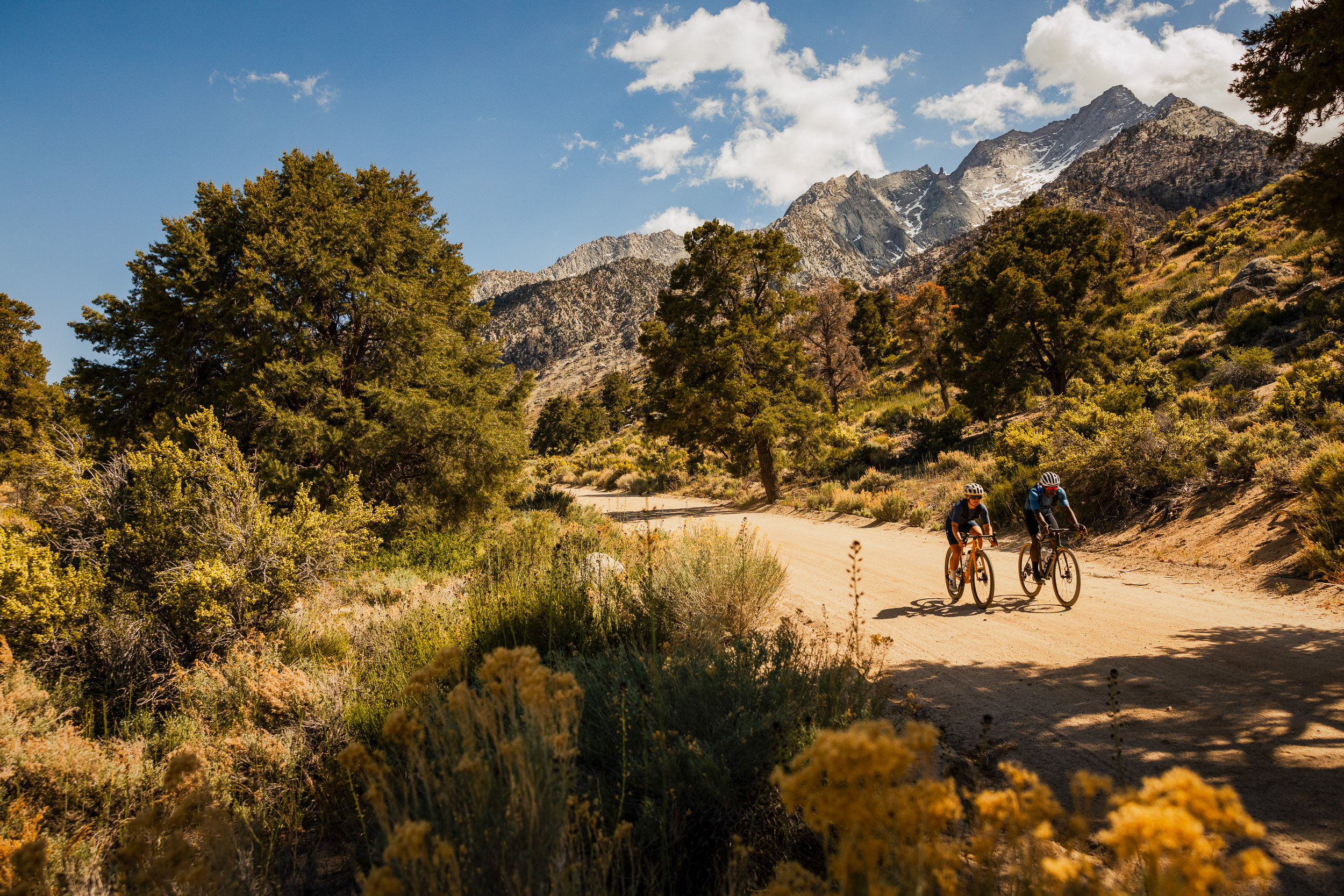
Cycling computers take a beating, especially on gravel and mountain bikes. They must withstand endless dust on gravel, potential impacts with branches on mountain bikes, constant vibration, and occasional crashes on any bike. They also can get soaked with sweat and rain (the DURA is IP67-rated), and I ride in conditions ranging from about 40 degrees to over 100.
I’ve beat the crap out of the COROS VERTIX 2 wrist computer and am doing the same with the VERTIX 2S. Both watches have proven to be up to the task, which is no small feat. From bouldering and rock climbing to ice climbing in Alaska, these COROS products have not missed a beat. I expect the same from the DURA.
COROS enlisted the help of notable off-road endurance cyclists to ensure the DURA’s longevity. These include Haley Smith, Cole Paton, Freddy Ovett, Hannah Otto, and Amity Rockwell. The DURA has survived the Traka 360, the recent Unbound 200 gravel endurance tests, and the Nové Město Mountain Bike World Cup.
COROS DURA: First Look Review Impressions
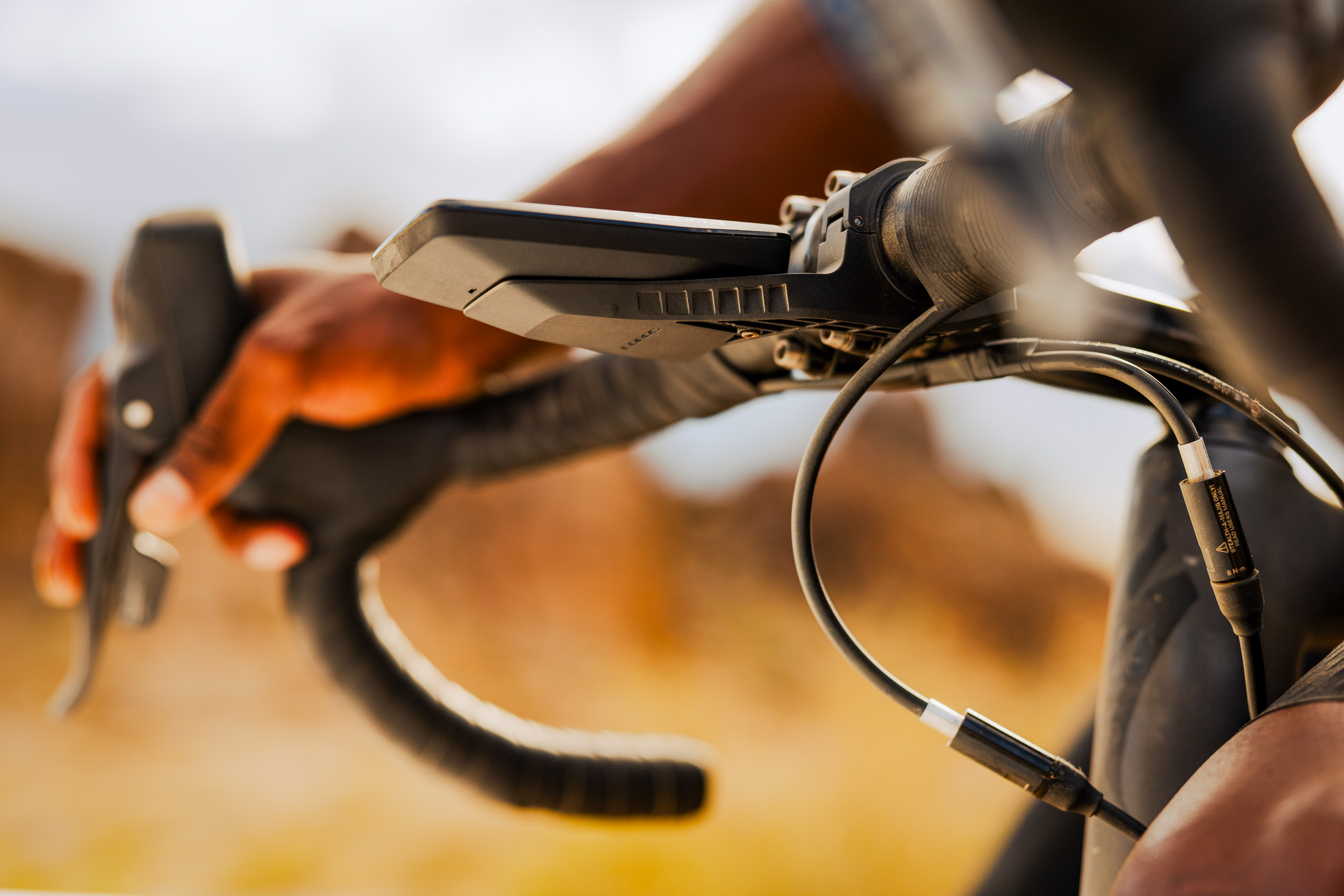
As stated, I received the COROS DURA in time to ride it three times for about 5 hours in total, all on rough gravel. I updated both the device and the app today, and this review includes these updates. So far, I’m impressed.
Connecting Accessories
I’ve had issues connecting other cycling computers with the various gadgets cyclists tend to collect. This bike computer paired with my iPhone and some of the devices I ride with straightaway without issue.
I connected my Suunto heart rate strap, Classified rear hub, SRAM Red AXS electronic drivetrain, Shimano Dura-Ace Di2 electronic drivetrain, 4iiii power meter, and Garmin Varia radar. It also connected to my COROS Vertix 2 and shared data with it after every ride.
The COROS states that the DURA supports up to 12 simultaneous Bluetooth connections (it’s also ANT+ compatible).
Battery Life
The DURA battery drained at a snail’s pace. The screen has had to be super-bright, as the rides have mostly been in direct sunlight. But that strong solar energy was also seemingly recharging the battery simultaneously. After three rides totaling five hours, the battery life percentage loss was 2%.
Given my experiences with its watches, I feel that COROS has the battery life game down. Although my testing so far has been minimal, I believe the DURA will inherit the same phenomenal single-charge duration that the COROS watches deliver.
That Dial

The lack of buttons was immediately noticeable. There is only one “standard” physical button on the lower right side of the DURA, which powers up the unit and acts as the “back” and “lap” button.
I toggled everything else almost exclusively with the unique dial on the right side. This dial can be depressed and spun, and it’s the main control point for the DURA. The touchscreen capability wasn’t utilized much.
I immediately liked the dial. I sweat a lot, and much of the time, my fingertips are also covered in sunscreen from applying it elsewhere. Sometimes, they are so slippery I cannot tighten the BOA dials on my shoes.
The tactile sensation of the relatively large dial, both when pushing and spinning it, was more secure than diminutive buttons. I also didn’t have to switch hands to press buttons on opposite sides of the computer, which is common with other cycling computers.
The only nitpick was the dial spun without much resistance. I would have preferred more resistance or “clicks” to offset bumpy terrain. Sometimes, in rougher, faster sections, I spun the dial too far and had to spin it the other way to get to the screen setting I desired.
Instead of a button scrolling through entire preset pages, the DURA dial allowed partial scrolling through rows of data. For example, if I chose to have my speed up top and my heart rate was on the second row, I could scroll the wheel to place the heart rate on top and bring up one more row of data at the bottom. I didn’t have to “turn the page” entirely, so there was more flexibility in viewing real-time data.
I also thought keeping the activity time constant at the bottom of the page made perfect sense, regardless of the other data.
Navigation
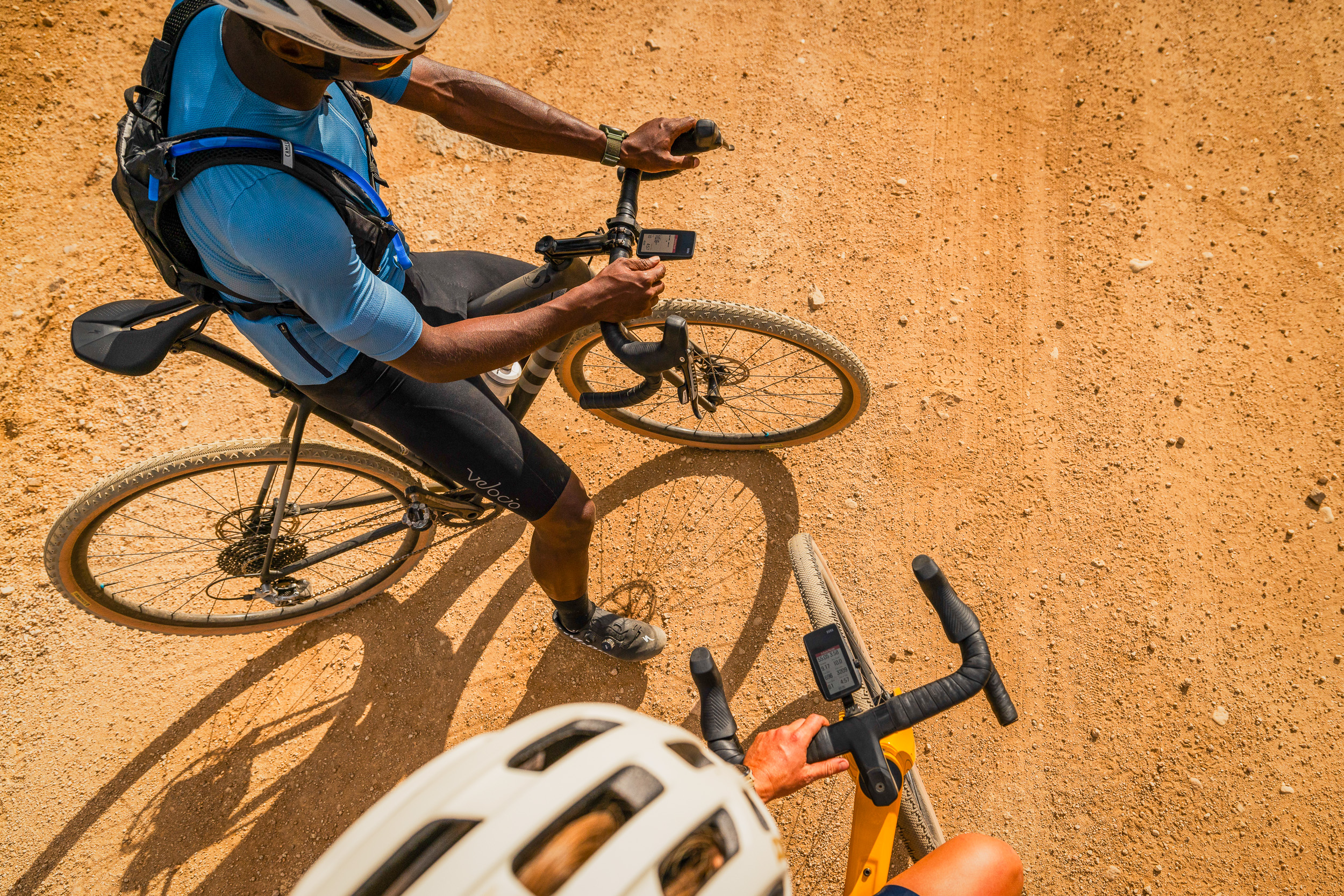
My navigational needs were minimal during the First Look testing period, but the pre-release COROS DURA five-band GPS dual frequency navigation system showed some flaws.
First, quite a few “standard” cycling navigation features were absent in my early sample. These included street names or points of interest on the device maps, integration with Ride with GPS, turn-by-turn navigation, a “climb” feature, live rerouting, weather data, location on the device, Strava live segments, and lap summary data.
COROS claims that most of these will be rectified or added at launch or soon thereafter. However, one important omission will be live rerouting. Cyclists will need a cellular or Wi-Fi connection and use the COROS app to change the route mid-ride.
This could be a deal-breaker for some adventuresome types who regularly find themselves in locations without cell service. Even with cell service, rerouting was based on Google Maps, which often doesn’t recognize or suggest gravel roads.
COROS plans to offer rerouting functionality for offline maps, which may appease some of these folks. However, the lack of live on-device rerouting was a glaring hole in the DURA feature list to me.
Due to this lack of pre-release features, I found the COROS DURA’s navigational abilities well under par compared to other cycling computers. On my pre-launch sample, “navigation” was nothing but a highlighted line on a map. But again, COROS aims to remediate much of this in short order.
COROS DURA Form Factor
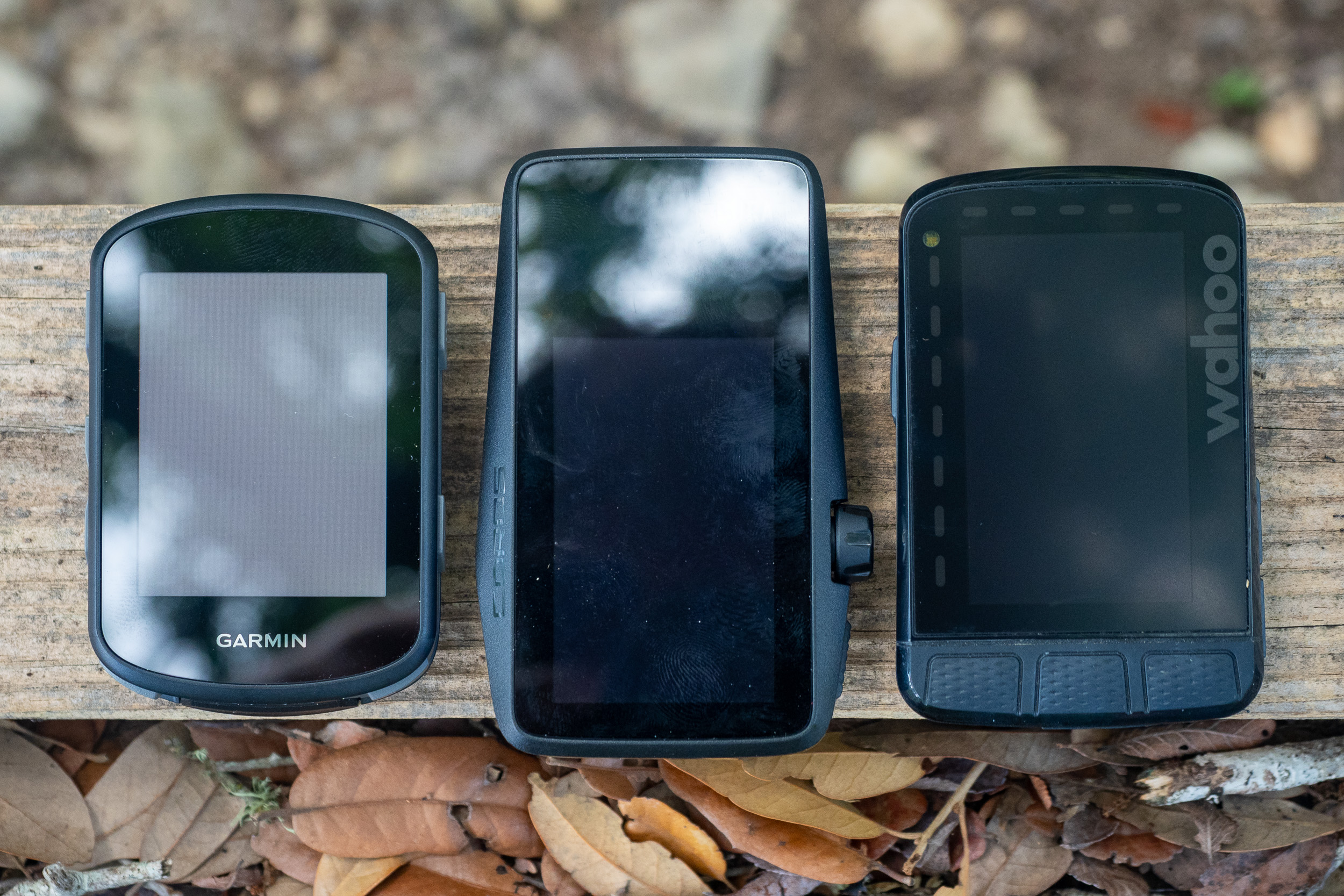
The 3.9″ x 2.4″ x 0.6″ dimensions of the COROS DURA hit a sweet spot for me. Some of the cycling computers I’ve tested have the smaller overall size I tend to prefer. But then, the screen was not as usable for navigation and required a lot of zooming in and out to ensure I understood where I was. Much of the upper surface of the DURA houses the solar panel, but I found the screen size adequate for navigation.
Other computers with larger screens were nice to use while navigating, but the large form factor seemed prone to damage in a crash or was just a larger target for trailside vegetation to hit on a mountain bike. COROS hit the correct middle ground for me for both screen size and overall size, and I felt that the solar panel addition was worth the real estate.
One aspect of the form factor that was concerning was the computer mount interface. Although it did “lock” in place on my K-Edge Garmin computer mount, it felt so much looser than on other cycling computers. I never launched the DURA off the mount during my gravel rides, but every time I mounted it, I did think about it. COROS has reportedly fixed the issue with the consumer version.
The COROS DURA is a lightweight; my pre-launch sample weighs a verified 98 g.
COROS App

With the COROS Vertix and Vertix 2S, I’ve really enjoyed the COROS App for the iPhone. It’s been one of the more straightforward apps, and I’ve never had to consult anything to customize watch screens or review data post-activity.
Using the app with the COROS DURA was the same. Data reliably and automatically transferred from the cycling computer to the app, and reviewing post-ride data was simple and intuitive.
I have a kinesiology degree and have been a personal trainer to professional athletes for over two decades. The depth of data available for review is plenty for almost anyone. From times, speeds, elevation, power, and heart rate zones to training and recovery scores, the COROS DURA and app satisfied my data-driven tendencies.
The COROS app with the DURA tracked a training effect and intensity score trends over time. A companion COROS watch is needed to drill down biometric data like resting heart rate or heart rate variability. Again, a free coaching platform exists, but I didn’t test it in the pre-launch test period.
Any further data might induce paralysis by analysis for someone like me. In comparison with other cycling computers and apps, the data seemed fully reliable.
O
First Look Conclusions on the COROS DURA
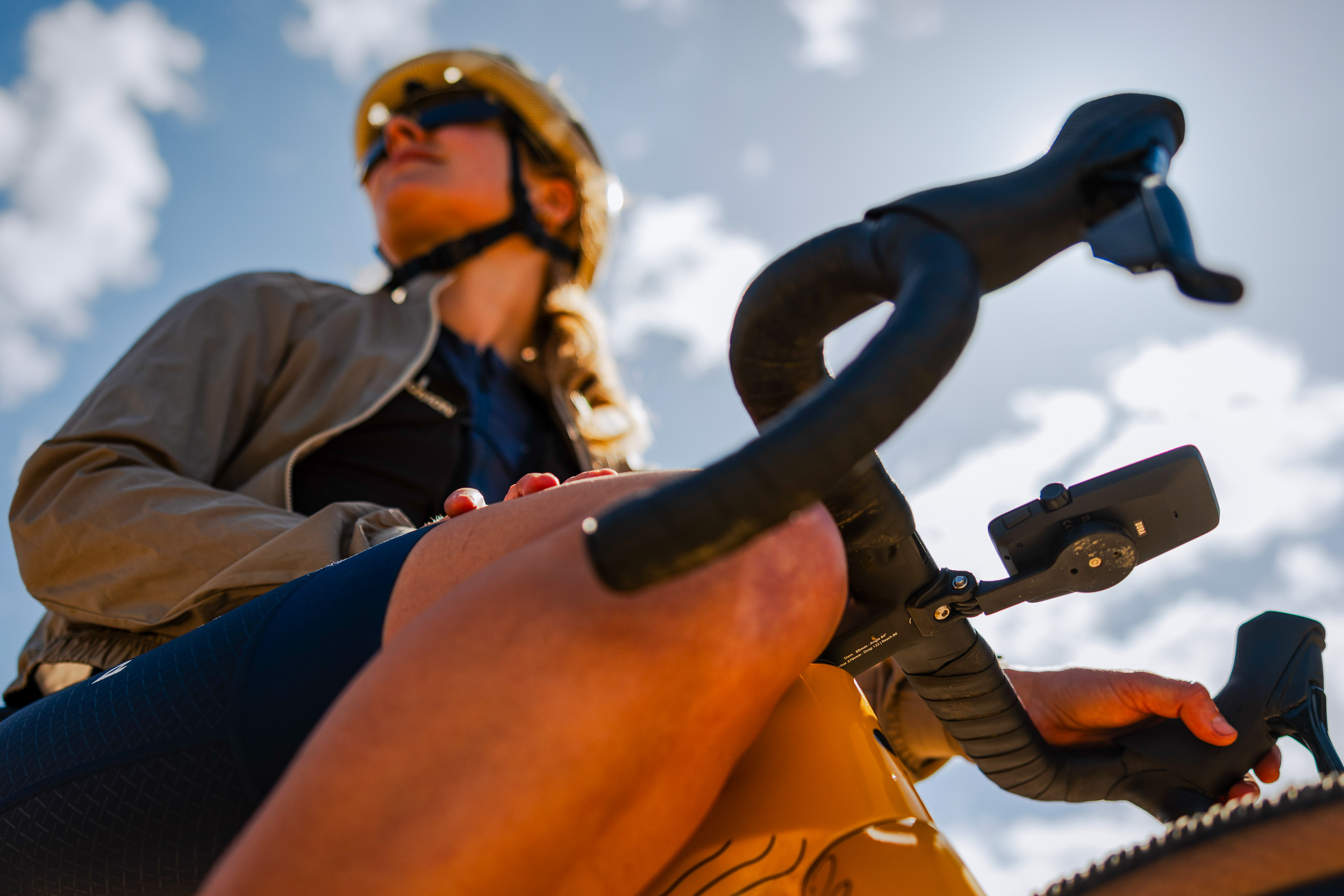
I think COROS fared remarkably well in its first attempt at a cycling computer. Most cycling computers, from the usual suspects, can display whatever data a cyclist could ever want. The noticeable differences to me are battery life, ease of use while riding, navigation ability, and post-ride data analysis.
The COROS DURA performed admirably well in three of these, and navigation should soon be updated with some of the fixes. The only thing missing from my list of wants is on-device rerouting ability without cell service or Wi-Fi.
COROS aggressively prices the DURA at an MSRP of $249. This is a great price point for a color-display, multi-band cycling computer, and it seemingly seems aimed squarely at the popular $300 Garmin Edge 530 and the $280 Wahoo Bolt.
I will continue to test the COROS DURA on roads, gravel, and mountain bike trails. If COROS follows the track record of its other offerings, updates will be numerous and frequent, promising continued improvements. Can COROS break into the Garmin and Wahoo-dominated cycling computer market? Only time will tell, but competition can only help the end consumer.
Look for a more comprehensive review of the COROS DURA down the road.
